GUEST BLOGGER KRISTEN WALKER
This lesson combines awareness of modern-day plastic pollution with the historical perspective of how life once involved no plastics at all. It ends with a hopeful alternative to a throw-away plastic used every day in schools—single-use plastic utensils used for school lunches.
Some teacher prep before the lesson
Re-create a lunch from 120 years ago
Using a metal pail (you can find these in the paint section of the hardware store), simulate what a school lunch from 120 years would look like. Rural students on farms in the United States often walked a few miles to school and attended one room school houses for part of the year when they weren’t working on the farm during harvest or in the summer. Students typically brought lunches in metal pails. This is where the saying “lunch pail” comes from.
Some things that may have been found in child’s lunch 120 years ago:
- home baked bread with lard on it
- fried chicken leg
- half-baked potato (sometimes students would bring potatoes and finish cooking them on the hearth that warmed the school house and eat them at lunch)
- cheese
- jerky
- apple
You might fold these items in a flour sack dish cloth. 120 years ago this would have been cloth from a real flour sack that was repurposed. Smaller items could also be wrapped in paper and secured with twine, etc.
Prepare a modern lunch
Recreate a modern lunch using single-use plastic items and pack it in a typical synthetic lunch box.
- juice box with straw
- sandwich in ziplock bag
- chip bag
- yogurt
- apple sauce squisher
Pre-reading
Read Planet Ocean and/or Plastic AHOY with your class.
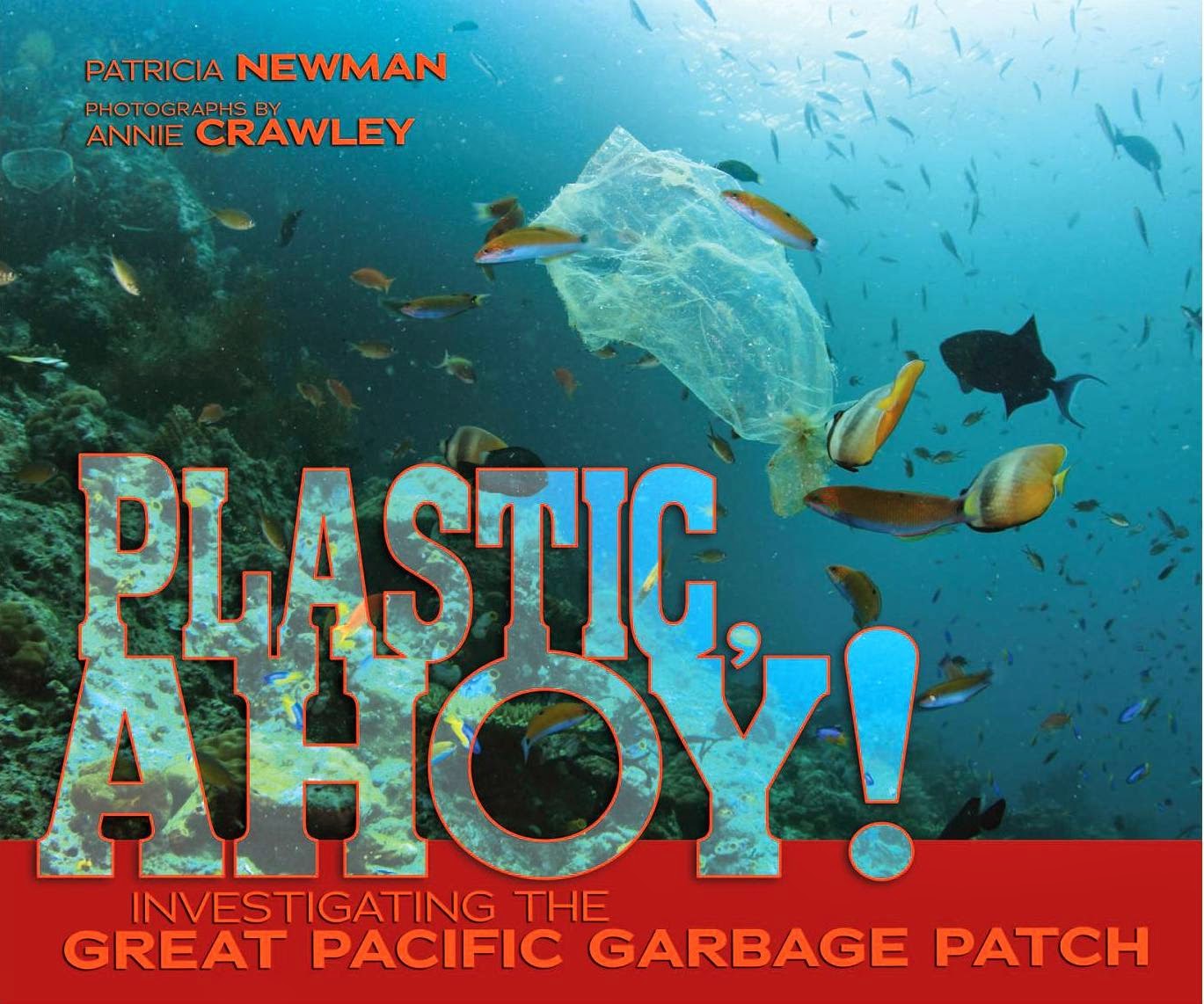
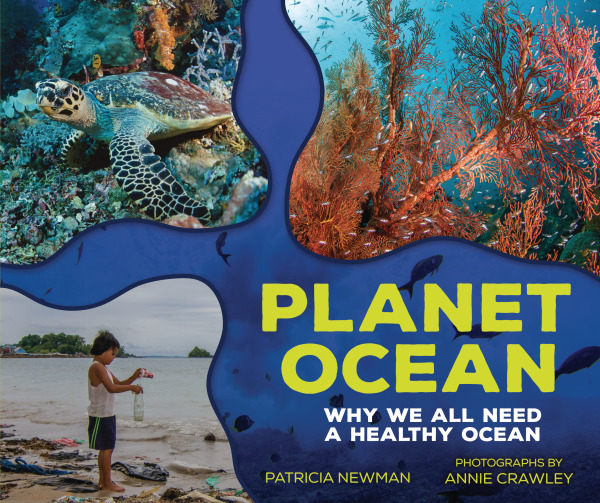
Let’s talk plastic
- Ask the students to share their thoughts on plastic and any facts they know.
- Share some facts that you know with them:
- experts predict that by 2050 there will be more plastic in the ocean than fish
- approximately 30%-40% of plastic is single-use plastic and only used one time
- plastic stays around forever because bugs in nature don’t eat it
- Ask students to share things they remember reading about plastic in Planet Ocean or Plastic AHOY!
- Share with students that you are going to take them on a journey back in time to compare how things were done before plastics were invented.
Step back in time
Ask students to close their eyes. Tell them:
“We are going to go back 120 years or so. (Note: You can be creative here and list out the decades as you go back in time) It’s the year 1900 and you are a child living on a farm in the United States. You walk a few miles every day to get to school—a one room schoolhouse. “
(Before you ask the students to open their eyes, place the 120 year old lunch in a place in the room where everyone can see it.)
“You are really excited to go to school today because it means you won’t have to do the hard work there is to do around the farm. But you can’t leave for school without your lunch!”
Now ask the students if they’d like to see what they are going to bring for their school lunch in the year 1900.
After getting their responses, ask them to open their eyes and reveal the 120 year old lunch 😀
Highlight what is in the lunch, that this lunch is a plastic-free lunch because plastic did not exist in 1900.
You may ask students to come up and pick up an item to the class and talk about what it is and how it’s packaged.
Back to present day
After you’ve wrapped up your discussion on the 120-year-old lunch, ask students to settle in and close their eyes again. Tell them you are all going to come back to the present day, back to their modern classroom.
As you list out the decades again and bring them back through time, put out the present day lunch you’ve assembled.
Ask students to open their eyes to see what a typical lunch brought from home looks like today.
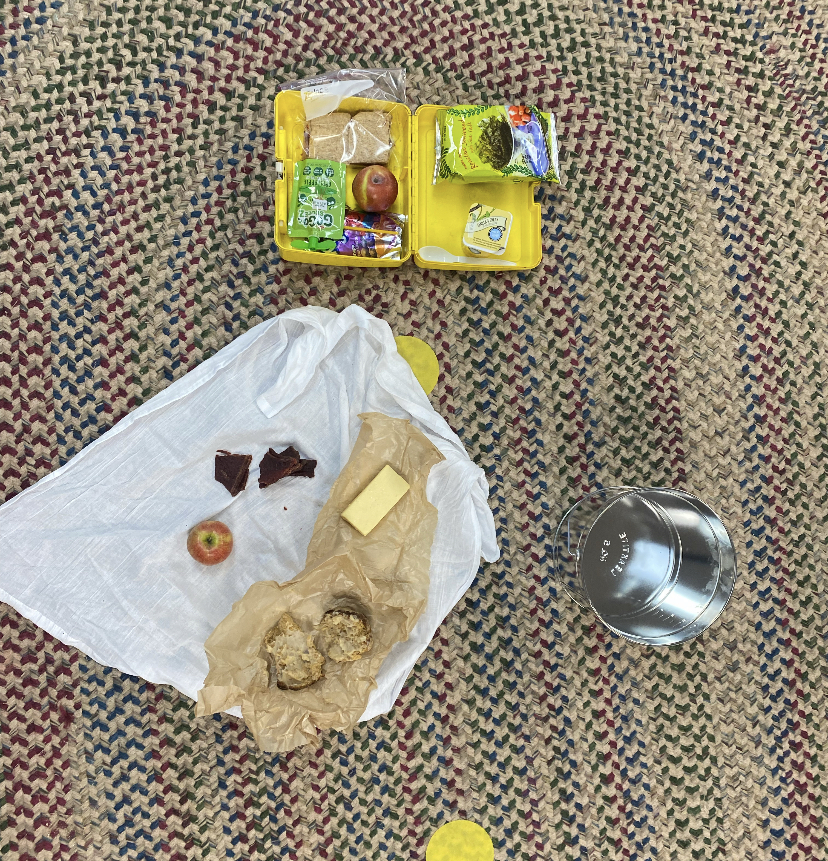
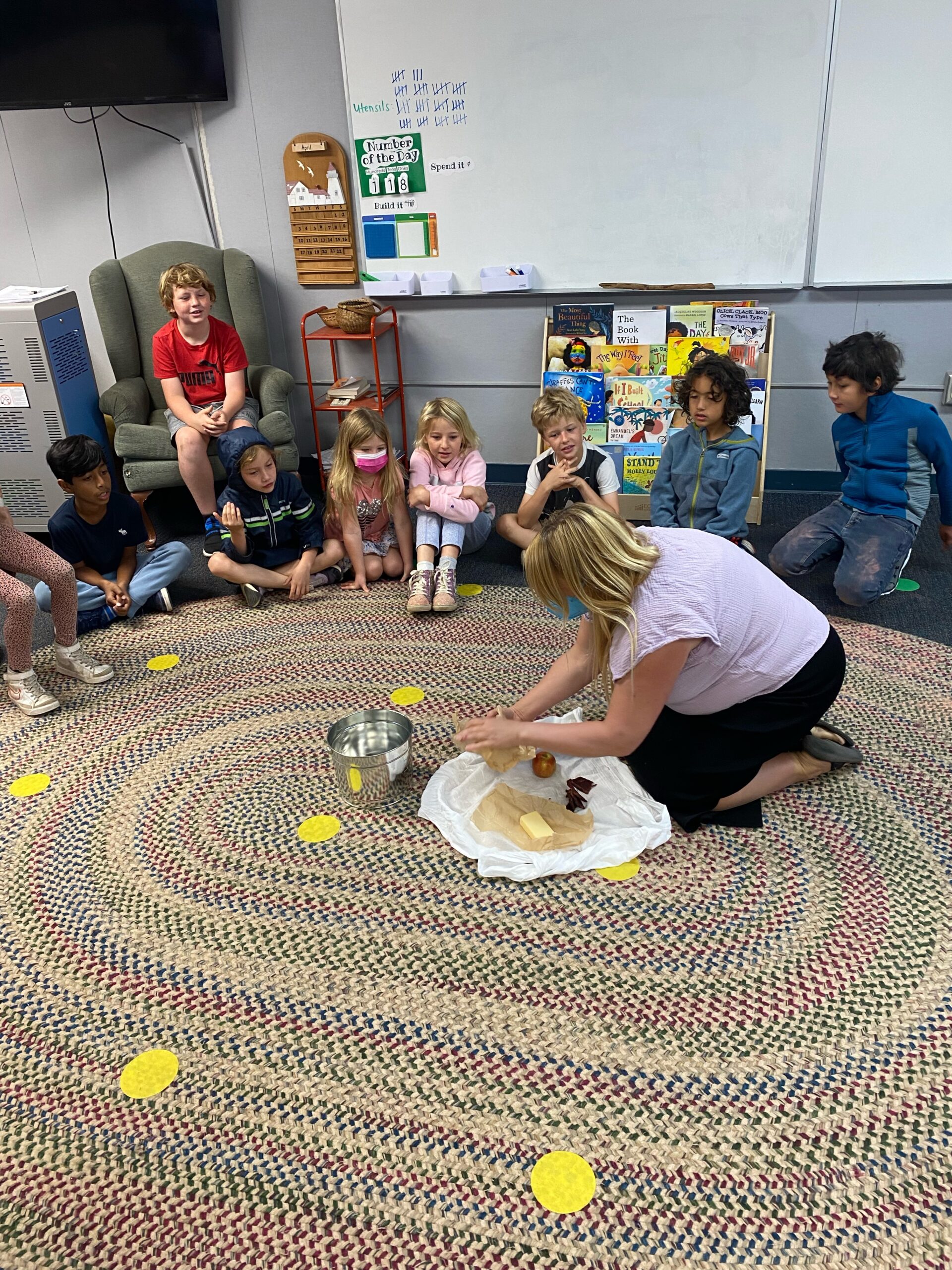
Compare and contrast the two lunch
Ask students:
- What is the same about the lunches?
- What is different?
- How many pieces of single-use plastic are in the 120 year old lunch and how many in the modern lunch?
- How did they get by without plastic in 1900? Could we do it again?
- Can something as simple as the way we pack our lunch impact the oceans? Impact the planet?
Single-use plastic at school
Observe and Count
Tally up how many plastic utensils students in your class use each day for breakfast and lunch.
Talk with students about the numbers. Feel free to incorporate some math problems.
- How many single use plastic utensils did the class use (if you counted them)
- How many plastic utensils does the district use on a whole? (For example, we found out that our district uses 800,000 plastic utensils a year for school lunches)
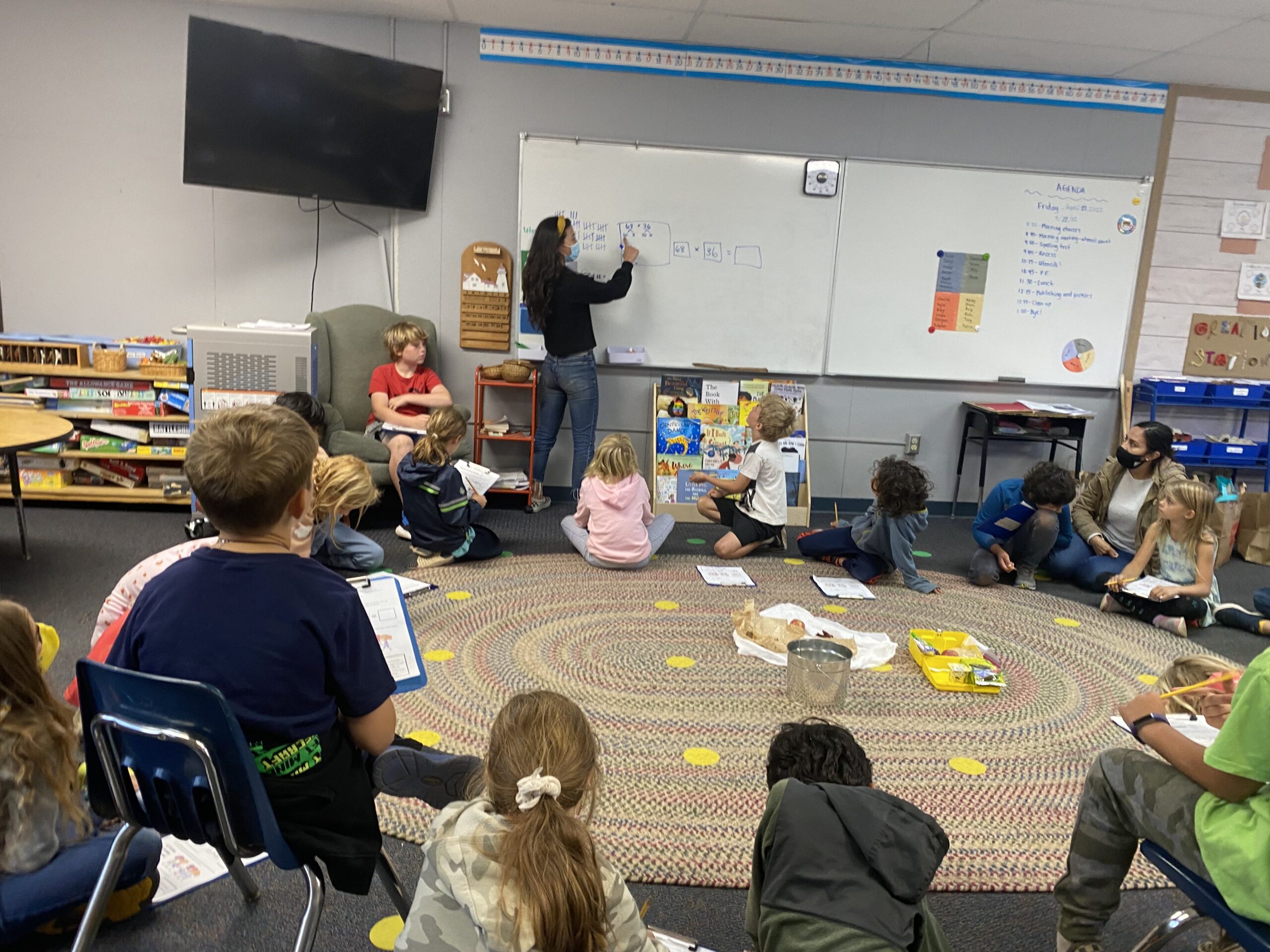
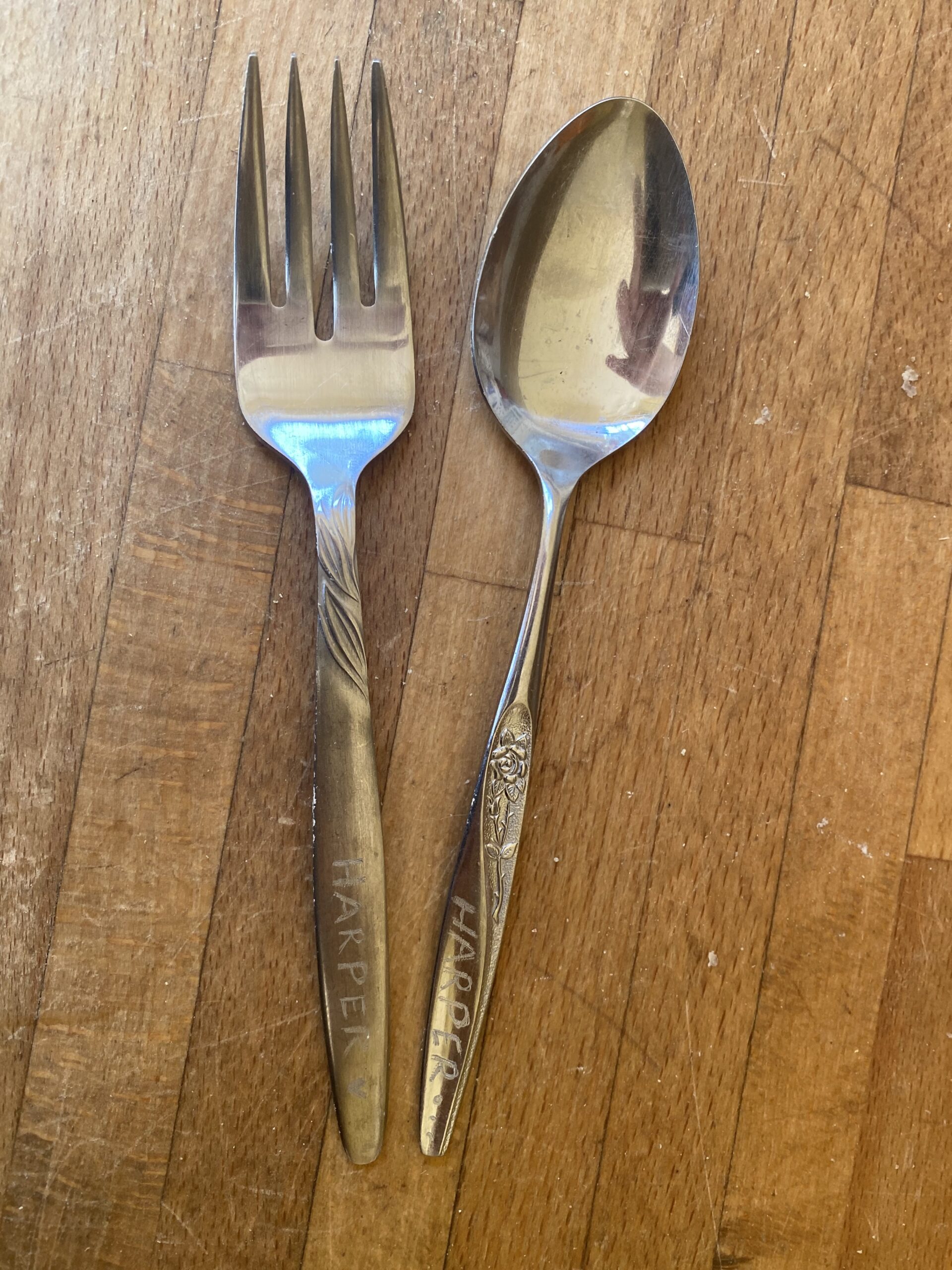
A Hopeful Alternative
At the end of the lesson, talk about ways to reduce single-use plastics in school lunches and remind students that the 120-year-old lunch was a plastic-free lunch.
Get stainless steel forks and spoons for every child in the class (ideally from a thrift store). Use an engraving pen to engrave their names on the spoon and fork.
Distribute the utensils to the students at this point and explain how the reusable utensils can be brought to school, just like they bring their own water bottles. They can use them whether they bring their own lunch from home or get lunch at school, as an alternative to plastic.
The reason their names are engraved on the utensils is so that they don’t accidentally use each other’s forks and spoons, and if they accidentally leave one at school, they can identify it later as their own.
Featured image credit: “Plastic single use straws stock photo image” by Chemist 4 U is licensed under CC BY 2.0.
Kristen Walker works at the Santa Barbara County Education Office and is a mom who cares about the environment.


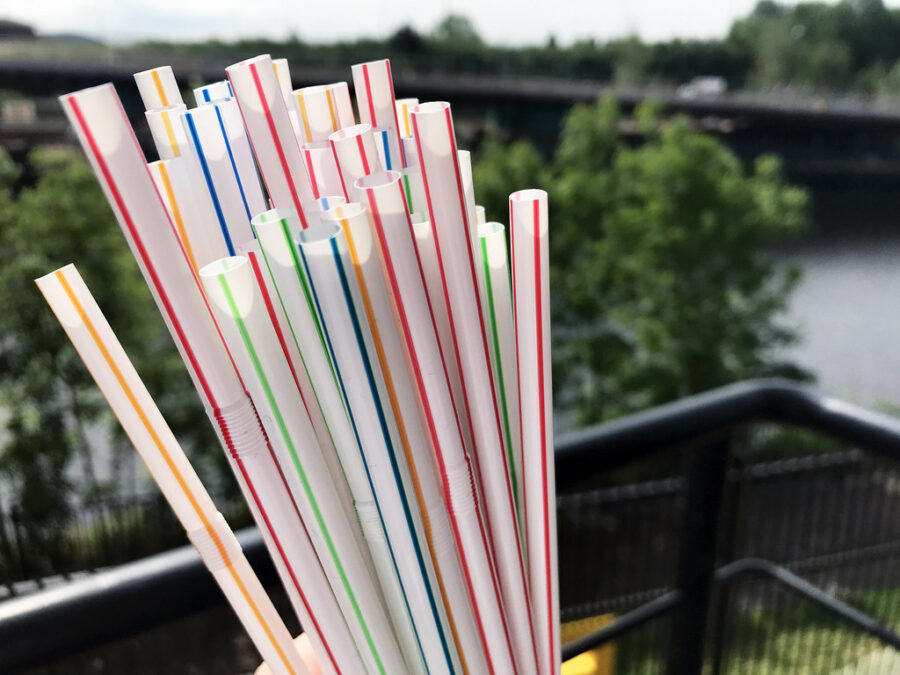

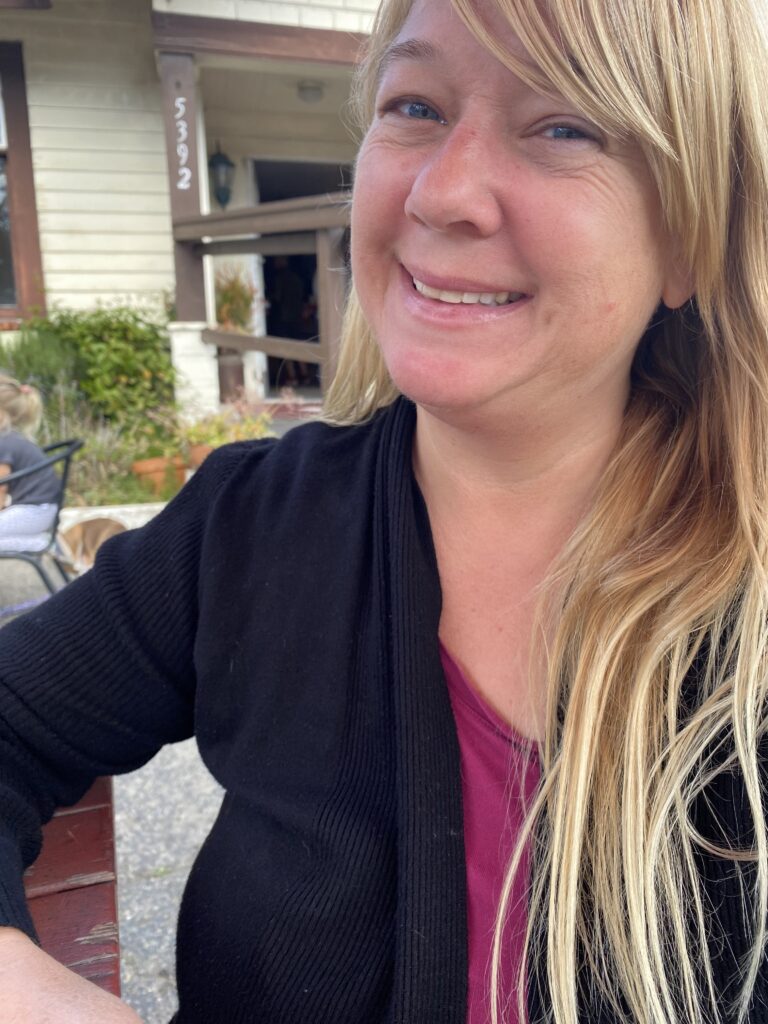


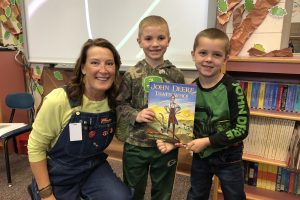


Leave a Reply
Your email is safe with me.